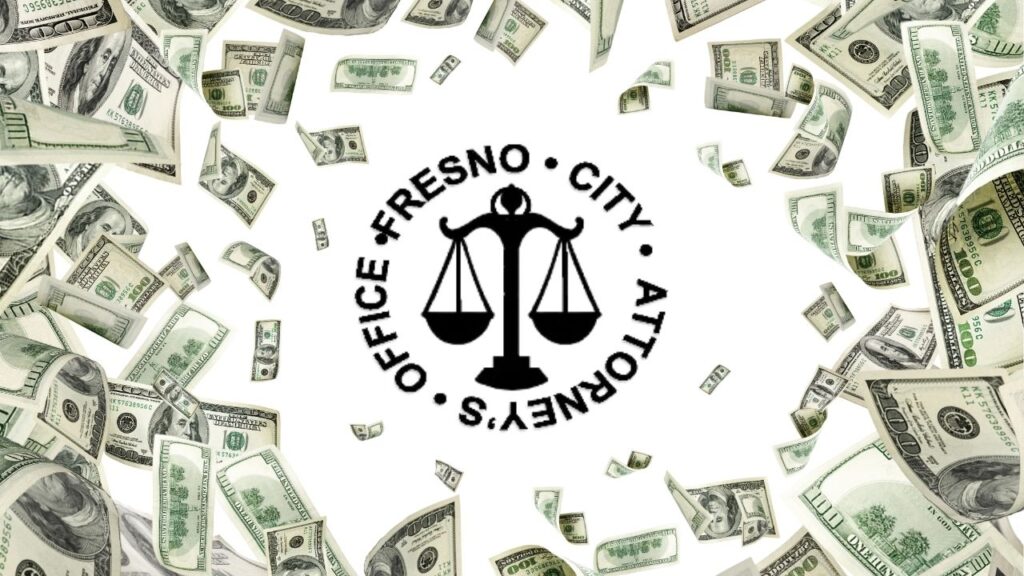Wall Street steadies as Tesla surges, while economic reports show mixed signals and Treasury yields remain elevated. (AP File)

- Tesla's 16.3% gain leads market after strong earnings, with CEO Musk predicting 20-30% sales growth next year.
- IBM and Boeing weigh on Dow Jones, with IBM falling 5.8% after missing revenue expectations.
- Unemployment claims report offers mixed picture, showing fewer applications but higher total benefit collections.
Share
|
Getting your Trinity Audio player ready...
|
NEW YORK — Wall Street is holding steadier on Thursday, thanks in part to a surge for Tesla’s stock.
The S&P 500 was 0.3% higher in morning trading and on track to break its first three-day losing streak since early September. The Nasdaq composite was up 0.6%, as of 10:05 a.m. Eastern, while the Dow Jones Industrial Average was lagging the rest of the market with a drop of 95 points, or 0.2%.
Tesla Leads Market Gains with Strong Earnings
Tesla led the way with a gain of 16.3% after the electric-vehicle maker reported better profit for the latest quarter than analysts expected. An optimistic CEO Elon Musk also predicted 20% to 30% sales growth next year, though its revenue for the latest quarter fell short of analysts’ forecasts.
UPS climbed 4.9% after likewise topping analysts’ forecasts for profit. The package-delivery company’s finances can offer a window into the strength of the economy because of how many different types of customers it serves, and its revenue edged past expectations.
ServiceNow, whose platform helps companies automate and connect processes, was another one of the strongest forces lifting the S&P 500. It jumped 6.4% after delivering stronger profit and revenue than expected, driven by interest by customers to incorporate artificial-intelligence technology.
Related Story: America’s Economy Is Bigger and Better Than Ever
IBM and Boeing Weigh on Dow Jones
Helping to keep indexes in check was IBM, which fell 5.8% after reporting revenue for the latest quarter that fell just short of analysts’ expectations. It was the single biggest reason the Dow was lagging behind other indexes.
Boeing was another heavy weight on the Dow and sank 2.5% after its machinists voted to continue their strike, which has crippled aircraft production. More than 60% of union members who voted on the proposed contract rejected it, keeping them on the picket lines six weeks into their strike.
Stocks have broadly regressed this week after the S&P 500 and Dow both set records at the end of last week. They’ve been hurt by rising Treasury yields in the bond market, which can make investors less willing to pay high prices for stocks. Critics had already been saying beforehand that stocks looked too expensive given how much faster their prices have risen than corporate profits.
Related Story: How Trump’s Radical Tariff Plan Could Wreck Our Economy
Economic Reports Show Mixed Signals
Yields have climbed as report after report has shown the U.S. economy remains stronger than expected. That’s good news for Wall Street, because it bolsters hopes the economy can escape from the worst inflation in generations without the painful recession that many had worried was inevitable.
But it’s also forcing traders to ratchet back forecasts for how deeply the Federal Reserve will cut interest rates, now that it’s just as focused on keeping the economy humming as getting inflation lower. With bets diminishing on how deeply the Fed will ultimately cut its overnight interest rate, Treasury yields have also been given back some of their earlier declines.
A report on unemployment claims Thursday offered a mixed picture on the job market. It said fewer workers applied for unemployment benefits last week, which can be a signal of relatively low layoffs. But it also said the total number of those collecting benefits rose to its highest level in almost three years.
Altogether, the numbers show a slowing economy, “but there is no sign of a crash in employment or a surge of layoffs in these data,” according to Carl Weinberg and Rubeela Farooqi at High Frequency Economics.
Treasury yields, which had eased overnight, pared their losses after the release of the unemployment claims report. The yield on the 10-year Treasury was at 4.22%, down from 4.25% late Wednesday. It’s still well above its 4.08% level from late last week.
Related Story: Wealthier Americans Are Driving Retail Spending and Powering US Economy
A separate preliminary report said growth in U.S. business activity may have accelerated slightly last month, as strength for companies in services industries continue to make up for weakness in manufacturing. The report from S&P Global also showed a recovery in confidence as companies anticipate greater stability and certainty after the upcoming presidential election.
A third report, meanwhile, said sales of new homes were stronger last month than economists expected.
In stock markets abroad, indexes were modestly higher in Europe after finishing mixed in Asia.



















